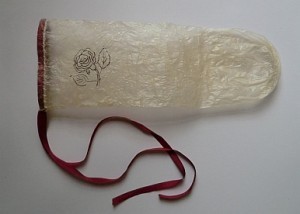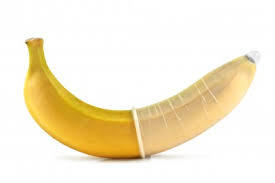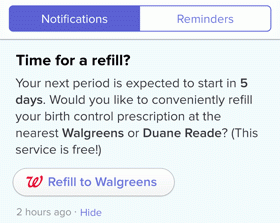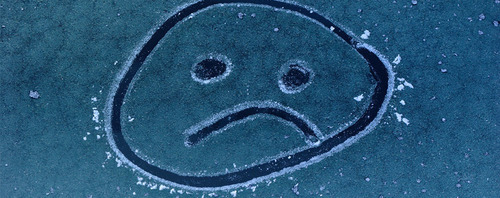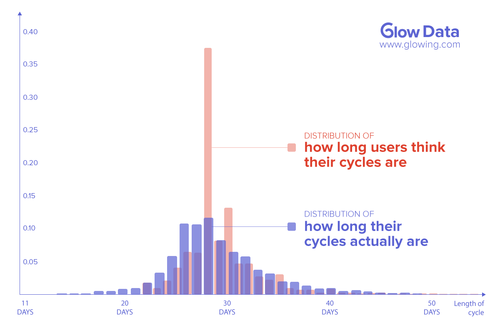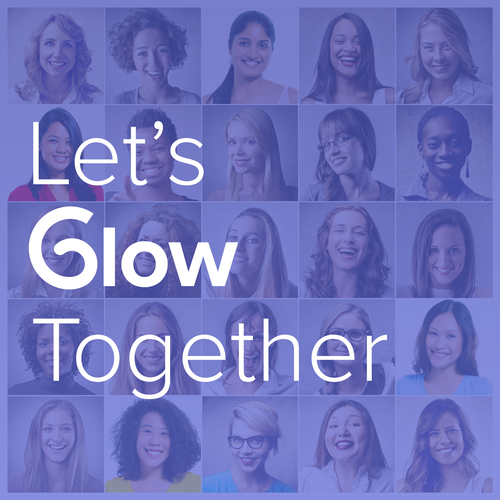Stressed now? It gets better!
After examining data from the millions of logs completed by women on Glow, it appears that our age affects how stressed we feel.
Teenage users of Glow are more likely to report “extreme” or “high” stress levels compared to women in their twenties and thirties. Adult women on Glow are less likely to rate their stress at “extreme” levels, more commonly citing their stress levels as “medium” or “low.”
This is somewhat surprising, considering the increasing demands on women as they age—increased financial, professional, and relationship obligations. Not to mention, children.
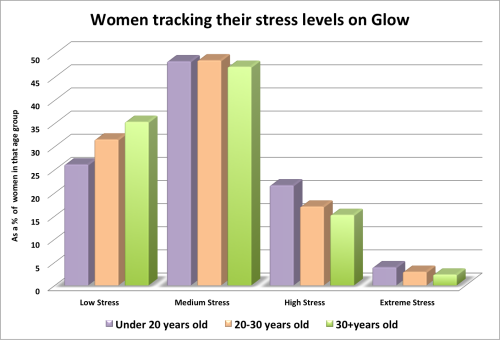
Could there be a simple explanation for this?
Perhaps women become better at handling and managing stress as they age. It is possible that teenagers feel less control over the stressors in their lives, leading to more visceral reactions to that stress.
A literature review of mental health among U.S. adolescents published by the non-profit Child Trends found that one in four high school students have shown mild symptoms of depression. According to the report, 29% of high school students in grades 9-12 had reported feeling sad or hopeless almost every day for two weeks or longer during the past year.
The exacerbated stress felt among teenage women could also relate to estrogen levels. Hormones drastically fluctuate during the teenage years, and a body pulsing with estrogen can make women perceive situations as especially dire or overwhelming. Several animal studies have confirmed that estrogen plays a part in the way mammals respond to stress.
Whatever the case, this data suggests the importance of both tracking and receiving feedback on one’s stress levels. After all, the more we know about ourselves and our moods, the better equipped we will be to deal with life’s curveballs.

